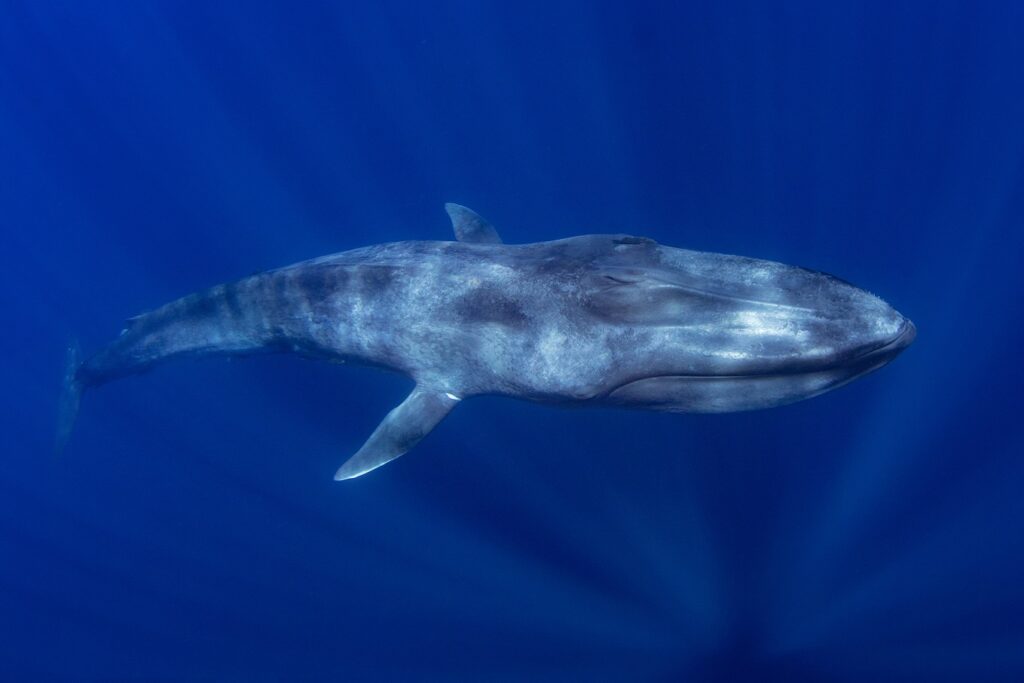Blue whale | World largest animal, Taxonomy, Conservation status, Size and Weight, Habitat
Introduction:
In the vast expanses of Earth’s oceans, one creature stands out as the epitome of marine majesty—the blue whale (Balaenoptera musculus). As the largest animal to have ever graced our planet, the blue whale captures the imagination with its sheer size, grace, and mysterious underwater world. This magnificent marine giant, a member of the baleen whale family, embodies the awe-inspiring wonders hidden beneath the waves.
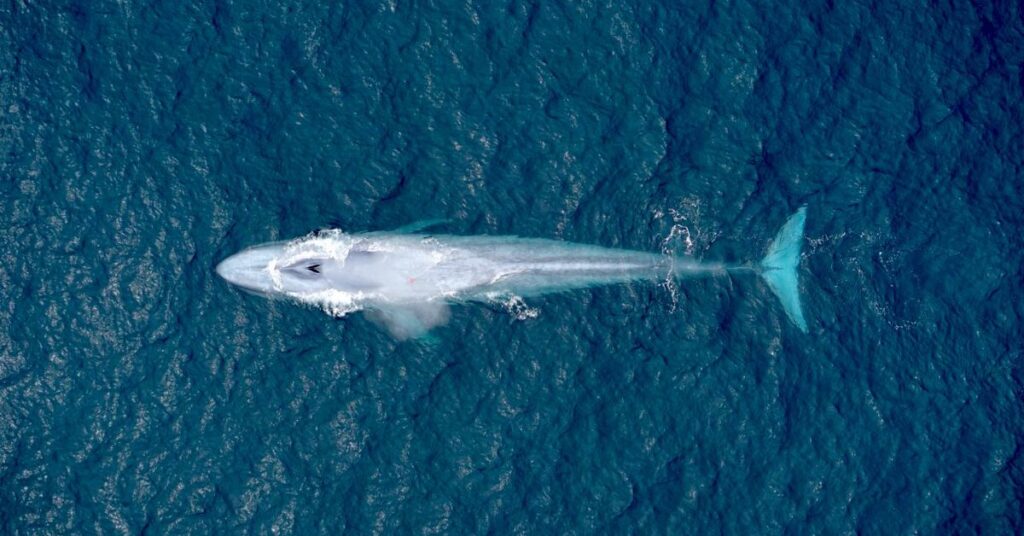
Taxonomic classification:
- Kingdom: Animalia
- Phylum: Chordata
- Subphylum: Vertebrata
- Class: Mammalia
- Order: Artiodactyla
- Infraorder: Cetacea
- Parvorder: Mysticeti
- Family: Balaenopteridae
- Genus: Balaenoptera
- Species: Balaenoptera musculus
Habitat:
Blue whales are found in oceans worldwide, but their distribution is not uniform. They tend to concentrate in areas with high concentrations of their primary prey, krill.
They are known to undertake long migrations, often traveling thousands of miles between feeding and breeding grounds.
Size:
Adult blue whales can reach lengths of up to 100 feet (30 meters) or more.
The heart of a blue whale can be as large as a small car and weighs about 1,000 pounds (450 kilograms).
Despite their enormous size, blue whales are filter feeders and primarily consume tiny shrimp-like animals called krill.


Weight:
Blue whales are incredibly heavy, with some individuals weighing as much as 200 tons (approximately 181 metric tonnes).
They are heavier than the largest dinosaurs that ever lived.
Coloration:
Despite their name, blue whales are not always blue. They are usually mottled blue-gray, with light gray spots.
Diet:
Blue whales are filter feeders and primarily consume krill, a small, shrimp-like crustacean. They use their baleen plates to filter these tiny organisms from the water.
During feeding, a blue whale can take in large volumes of water and then expel it through their baleen plates, trapping the krill for consumption.
During feeding, a blue whale can take in large amounts of water, up to 220,000 pounds (100,000 kilograms), in a single gulp. They then filter out the water and swallow the krill.
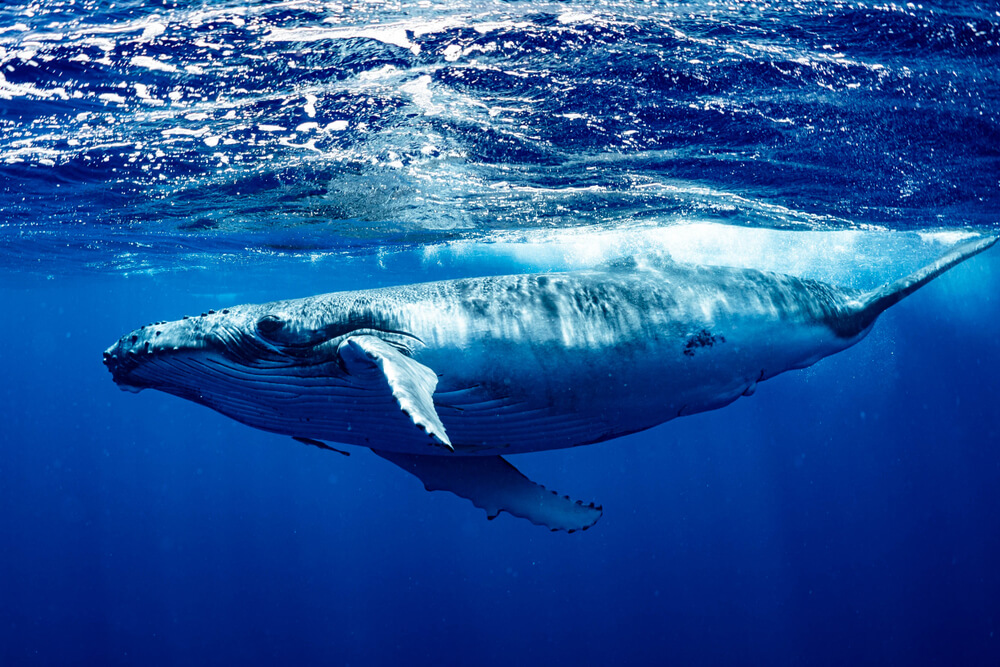
Speed:
Despite their massive size, blue whales can swim at speeds of around 5 miles per hour (8 km/h). However, they are capable of reaching higher speeds when needed, such as during short bursts or in emergencies.
Communication:
Blue whales are known for their powerful, low-frequency vocalizations. These can travel long distances underwater and are believed to play a role in communication and possibly mate attraction.
Their vocalizations include a series of moans, groans, and pulses.
Population:
Only an estimated 10,000 to 25,000 blue whales are left in the world due to human activity.
Migration:
Blue whales are known for their long migrations. They often travel thousands of miles between their feeding grounds in cold, polar waters and warmer breeding grounds.
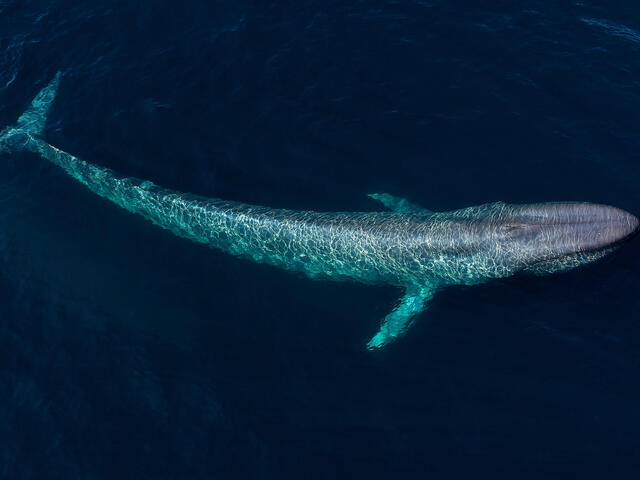
Lifespan:
The estimated lifespan of a blue whale is typically around 70 to 90 years. However, determining the precise age of a blue whale can be challenging due to the lack of clear age-related markings on their bodies. Researchers often rely on indirect methods, such as examining earplugs (earplugs contain layers similar to tree rings, allowing scientists to estimate age) or analyzing amino acids in the lenses of their eyes, to estimate the age of these majestic creatures.
Mating behaviors:
Blue whales are monogamous, mating during winter or early spring in warmer, tropical waters.
(Monogamous – Monogamy, in the context of animal behavior, refers to the practice of forming long-term mating pairs or partnerships with a single mate.)
Calves (Baby):
At birth, a blue whale calf can measure around 23 feet (7 meters) in length and weigh approximately 5,000 to 6,000 pounds (2,268 to 2,722 kilograms). Despite their substantial size at birth, blue whale calves are still dependent on their mothers for nourishment and protection.
Conservation Status:
Blue whales are formally classified as Endangered under both the U.S. Endangered Species Act and the IUCN Red List.
Conservation Success:
Blue whales were severely endangered due to commercial whaling, but international efforts to protect them have shown some success. Many populations are slowly recovering.
Despite improvements, blue whales are still listed as endangered. They face threats from ship strikes, entanglement in fishing gear, and habitat degradation.
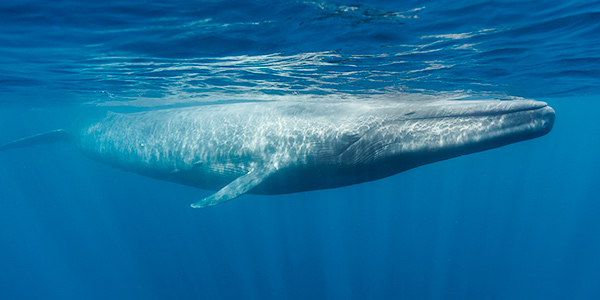
Interesting fact about blue whale:
Size and Length:
Blue whales are the largest animals on Earth, even surpassing the largest dinosaurs. Their length can reach up to 100 feet (30 meters) or more.
Heart Size:
The heart of a blue whale is enormous, about the size of a small car. It can weigh around 1,000 pounds (450 kilograms).
Tongue Size:
The tongue of a blue whale alone can weigh as much as an elephant. It’s a massive organ used for consuming large quantities of water during feeding.
Filter Feeding:
Blue whales are filter feeders, mainly consuming tiny shrimp-like animals called krill. They use their baleen plates to filter the krill from the water.
Vocalizations:
Blue whales produce deep, low-frequency vocalizations that can travel across long distances underwater. These sounds are thought to be used for communication, navigation, and possibly mate attraction.
Migration:
Blue whales are known for their long migrations. They often travel thousands of miles between their feeding grounds in cold, polar waters and warmer breeding grounds.
Speed:
Despite their massive size, blue whales can swim at speeds of around 5 miles per hour (8 km/h). However, they are capable of reaching higher speeds when needed, such as during short bursts or in emergencies.
Social Behavior:
Blue whales are often solitary, but they can be seen in small groups or pairs, particularly during mating and migration.
Calf Growth:
Blue whale calves gain weight rapidly, as much as 200 pounds (90 kilograms) per day, during their first few months of life.
Protected Species:
Blue whales are protected by international agreements and regulations that prohibit commercial whaling. Conservation efforts continue to be crucial for their survival.
